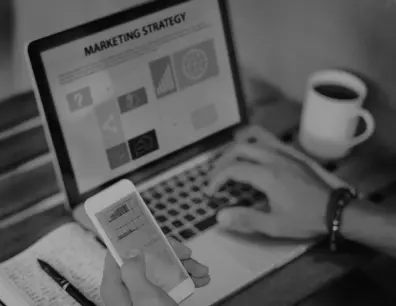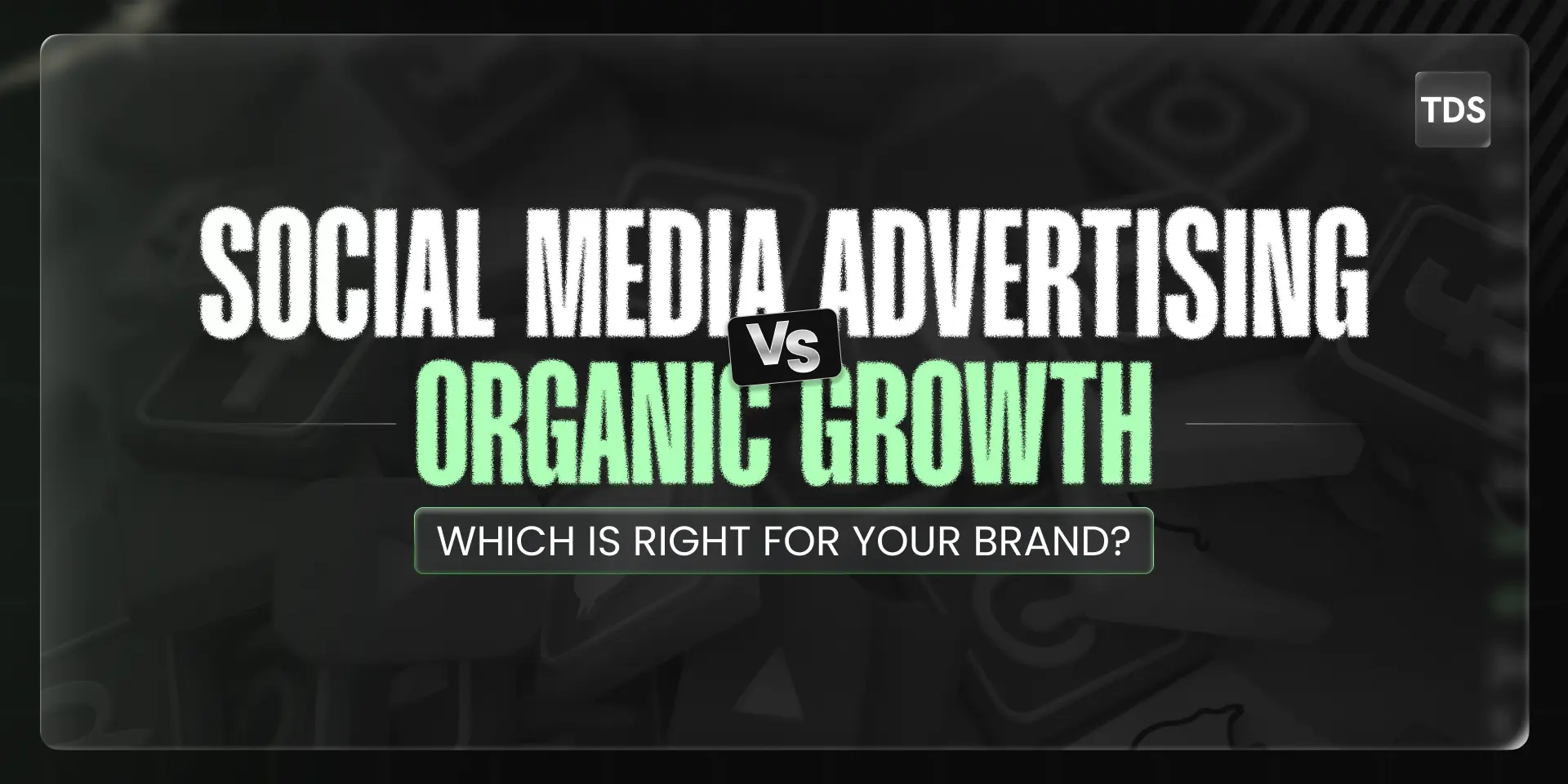In today’s digital world, brands constantly weigh the benefits of social media advertising against the slower but steady results of organic growth. Both methods maximize visibility, and which is the most effective one depends on your goals, budget, and the way audiences interact with your brand. With the decline of organic presence and preference to paid-in content in algorithms, it is more important than ever to get the balance in target placement.
What is Social Media Advertising
Social media advertising refers to advertising payments on platforms like Facebook, Instagram, LinkedIn, Tiktok, and X, which allow brands to target their advertising to engaged demos, behaviors and interests, ensuring their content is delivered to the right individuals. The outcome is immediate exposure, so such a strategy is particularly potent when promoting new products or running season campaigns or lead-generating activities.
The greatest benefit of paid campaigns is accuracy. Advertisements may narrow down to a region, age, interests, occupation, and buying behaviors. This assists all dollars to provide a measurable ROI. It can also be used to monitor campaign metrics- impressions, clicks, conversions, and cost per result- and adjust tactics at any time.
Yet paid advertising is not free. At the expiration of the budget we lose visibility. The transactional approach in this form will compel brands to make critical choices that touch on how much of their long-term strategy will be carried by paid traction or by increasing a consistent organic following.
The Power of Organic Growth
Organic growth is achieved through regular posting, story telling and engaging the audience without having to boost appeal. Although organic reach has been tempered by the presence of algorithms, it is critical to credibility and long-term trust.
In contrast to advertisements, organic content may continue to work, as long as shares and community participation indeed take place. It is not surprising that short-form videos, live sessions, and user-generated posts in 2025 are some of the best options to begin authentic communication.
When Social Media Advertising Works Best
Social media advertising can also be the wiser option when a brand wants to generate immediate effects or grow in the shortest time possible. Paid visibility works best in case of product launches, event promotions, or sales campaigns since they need immediate exposure. Paid campaigns are also effective when starting a business that could never experience organic growth because of the level of competition in the given industry.
With that said, pay advertisements work best with understood goals. A lead generation campaign would need other innovative activities as compared to the brand awareness one. The ones that monitor analytics also and are also diligent in maximising ads are likely to achieve the highest ROI. Lack of particular objectives will put social media advertising on a path of being a futile and expensive experiment, not a driver of growth.


Role of Organic Growth in Long-Term Strategy
Although a boost can be gained through advertising, organic growth is the pillar of sustainable social media. The organic content, the educational posts, and stories about how it is done behind the scenes, the testimonials by customers are those elements, which define the image of a brand in a mindset of the audiences. Through paid advertising people might find their way to your page, yet the organic attraction is what retains people.
In addition, there are shifts in algorithmically promoting material that activates actual responses over mere clicks. Organic engagement is turning into an indicator of credibility as platforms that focus on conversations and the community become more favoured. The brands whose advertising expenditures will keep increasing, and still be relevant due to creating genuine relations with their consumers.
Finding the Right Balance
The issue is not which is superior, social media advertising or organic growth, but to combine both in the best way. Paid campaigns give instant focus and organic methods foster loyalty and reliability. They build a loop, new users are attracted with the help of ads, relationships are established with organic content, and the audience loyalty will enhance the effectiveness of spending ads going forward.
Practically, it implies reconciling paid and organic analogy. To illustrate, through ads a brand may gain new followers to its page where they receive regular organic content that creates awareness of values, knowledge and community. The combination makes certain that the finances produced on advertising bring about later earnings in the forms of devoted audiences.
Conclusion
Organic growth has its advantages; as well as advertising through social media. Paid campaigns are fast and targeted whereas the organic strategies are profound and natural. It is not either or the other, but integrating both into one cohesive approach, that will produce the most successful brands in 2025.
Businesses build lasting visibility by employing advertising to get the short-term victories and organic to gain loyalty. In an environment of changing algorithms and increased competition, balance is the key toward creating a social presence that is survived, but not forgotten.
FAQs
It will provide accuracy in the audience targeting, visibility of the presence immediately, and measurable ROI, as well as the details of the quantifiable statistics.
Natural growth does earn credence and long-term trust, although algorithms prefer paid advertisements.
Finance advertisements to gain new communities and-Tenderly grow them with dedicated, legitimate organic content.
Advertising achieves quicker results and has to be budgeted at all stages whereas organic growth takes more time but has a sustained involvement.
Yes in the short-term but long-term success depends on organic growth to create loyalty and brand identity.
